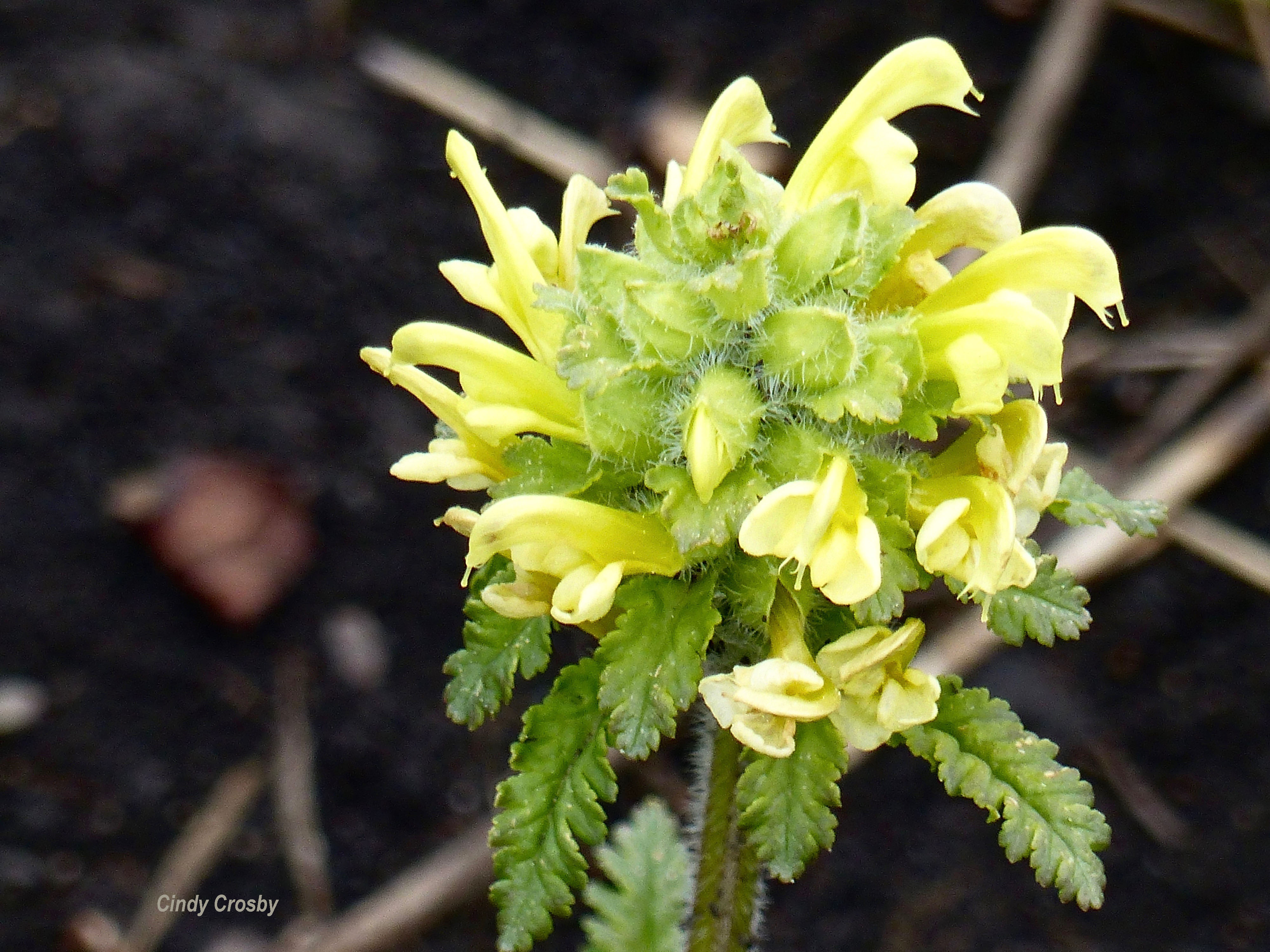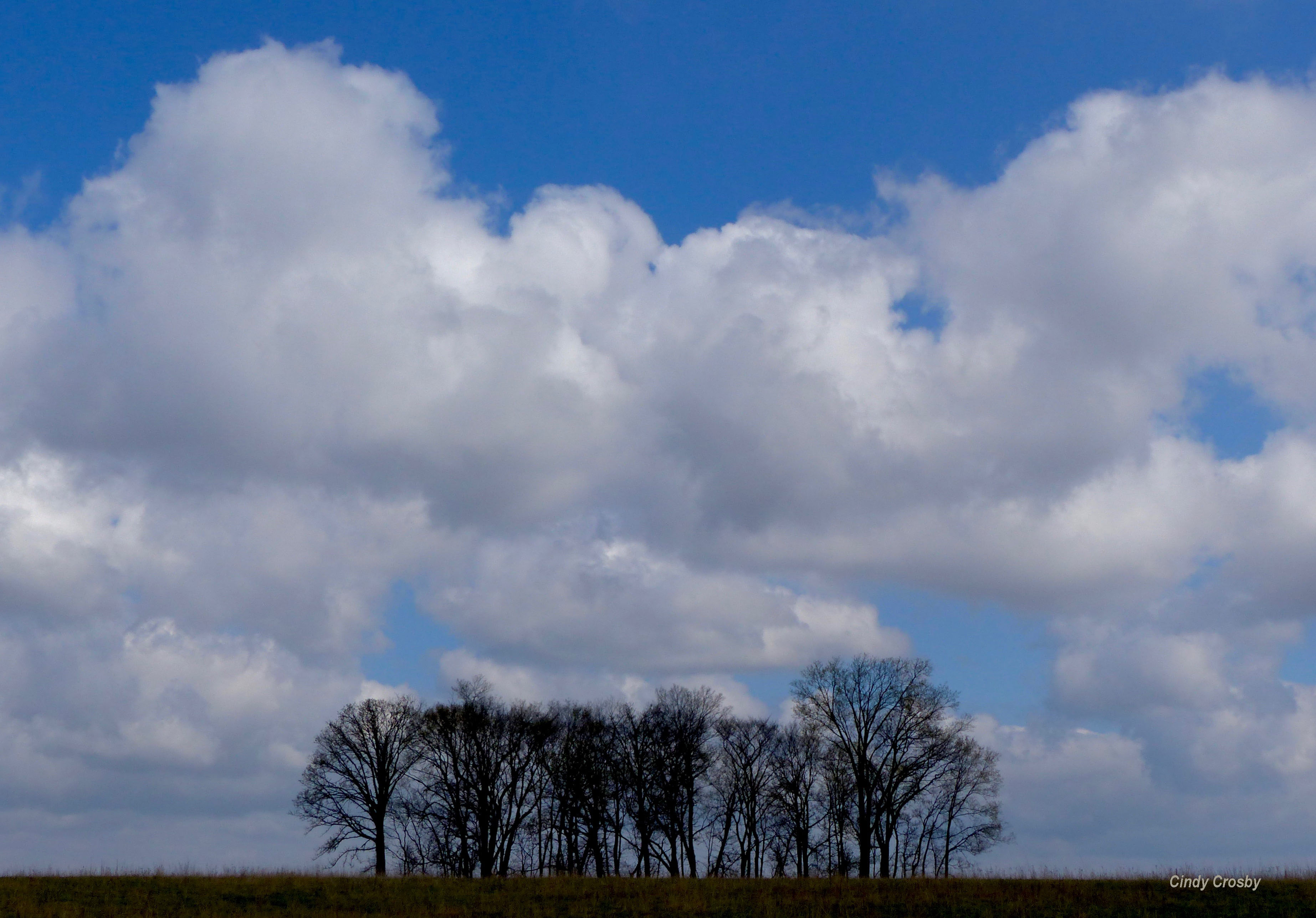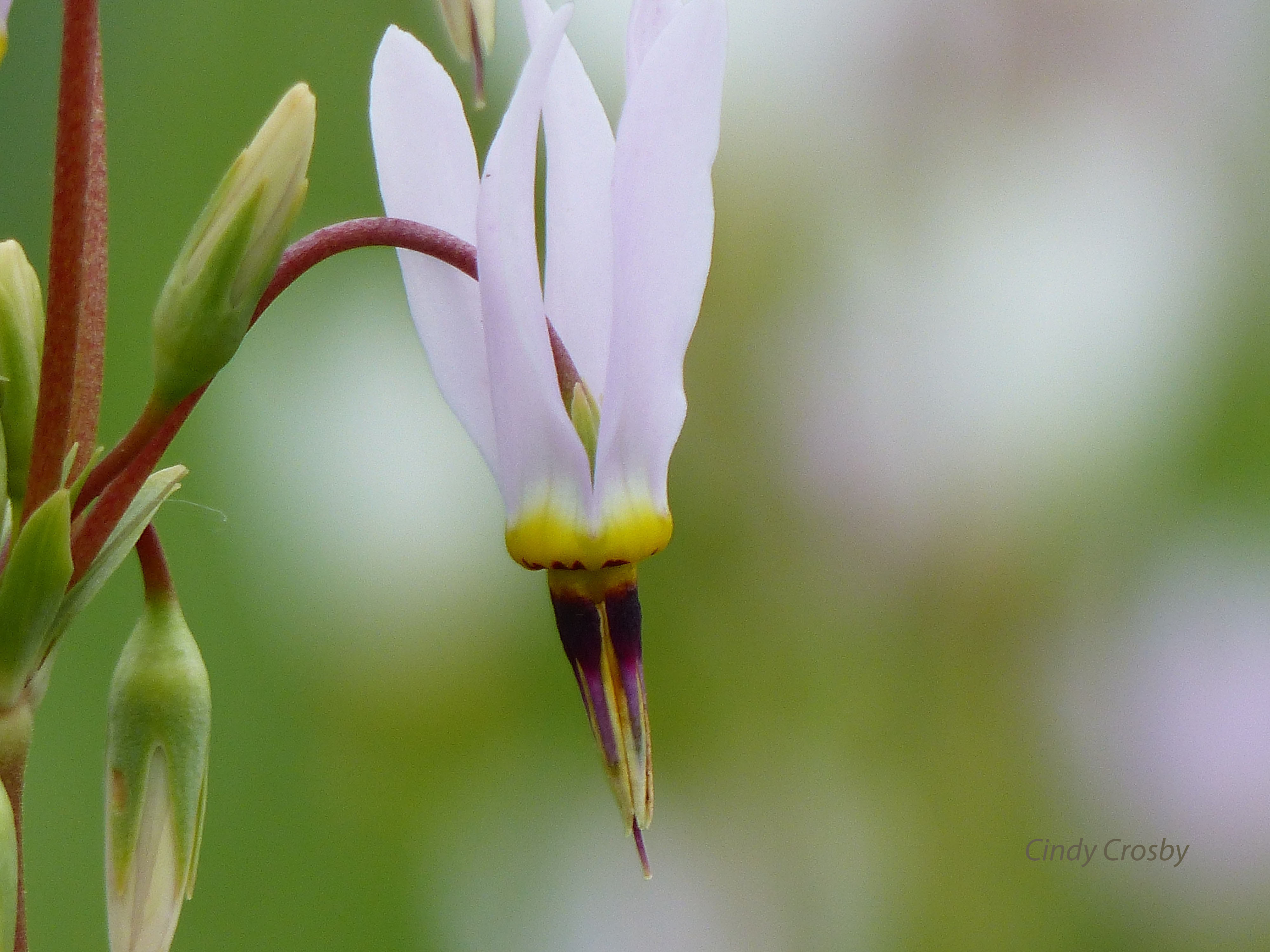“Unique in the world, the University of Wisconsin Arboretum is the birthplace of a practice called restoration ecology. ” –Liz Anna Kozik
*******
When I was a bookseller, I had a t-shirt that read “So many books. So little time.” Today, as a prairie steward, I need a shirt like this—-only with “prairies” instead of the word “books.”
With this in mind, I visited University of Wisconsin-Madison’s Arboretum over the weekend with an agenda: Curtis and Greene Prairies. One day to hike the two and discover their treasures. One day—and I knew it wouldn’t be enough.

I check the closed Visitor Center to see their business hours. Open at 9 am. Barn swallows have plastered two nests over the Visitor Center doors, and the moms and dads aren’t especially happy to see me.

They line their nests with grass. How appropriate! It’s only 7:30 am, so I have plenty of time to hike before the bookstore opens. I wander through the visitor center prairie display gardens, which have some lovely plants I’ve struggled to replicate back in Illinois. Hello, prairie smoke!

We’ve lost this iconic plant on the Schulenberg Prairie where I’m a steward, and I’ve been looking for local seed sources to jump start it again. So far, no luck.

Prairie smoke has also disappeared in my backyard prairie planting. I wonder. Did I burn my prairie patch too early one year? Or is it just too wet? I’m not sure why I lost it. All I know is I want it again. Pure prairie plant envy.
The Visitor Center overlooks the 73-acre Curtis Prairie, known as the oldest prairie restoration in the world, established in 1935. I’ve visited the Curtis Prairie before, but only in winter. Today, it’s already warm, and there’s not a cloud in the sky. Spiderwebs encrusted with condensation are thrown across the wildflowers, and sparks of light glint from every grass blade.

Dew-covered wild geraniums send up their signature seed pods along the shadier edges of the trails. You can see why this plant’s nickname is “cranesbill.”

Cream wild indigo sprawls across a grassy incline in the sunshine.

Shooting star is in differing stages of bud, bloom, and seed. I relish the transitions.

Except for the occasional jogger out for a morning run, there’s plenty of solitude. But the prairie is busy with the zip and whir of wings. A red-winged blackbird calls, then a black saddlebag dragonfly zooms by. Song sparrows tune up. Green frogs strum their broken banjo strings, calling nearby.

I hike through the puddles, and then through a wall of willows on one side of the prairie trail following the frog calls. On the other side of the willows is a small pond.

Worth investigating. Squish. Squish. Squish. My boots sink into the muck with each step through the willows. I glass the water with my binoculars and….there! A muskrat cuts through the pond, then dives.

Not far away, a turtle sticks its head out of the water, soaking up sun. It’s a veritable “Where’s Waldo” to see it in the algae. Good camouflage.

I could spend the rest of the morning here, seeing what shows up, but the slant of my shadow tells me it’s time to get going. A moth flies out of the grasses, close to the edge of the trees. Later, back home, I consult my Peterson’s Guide to make the ID. A fan-footed moth! Such subtle coloration. I’m not sure what exact species, but I’m learning.

The morning has slipped away. Returning to the parking lot, I stumble across…an egg? What in the world? At first, I think someone has dropped their breakfast. Then, I remember the large birds I saw here on my winter hike. Turkeys!

The Arboretum’s bookstore is open now. I ransack it for prairie books, then take the titles to a local coffee shop and ply myself with caffeine as I flip through them. Books on nature. Prairie ID guides. A children’s book on bees for the grandkids. Ballasted by books and jazzed by the java, I pull out my map and prepare to tackle my second goal: Greene Prairie, the second-oldest prairie restoration in the world.
I make the mistake of driving to it. After several misses, back and forth across “the Beltline” highway which splits the Arboretum in two, I finally find a tiny parking lot piled with gravel. There’s a small opening in a fence. Success! Later, I learn I could have hiked here under the Beltline from the Curtis Prairie. Next time.

It’s cool and quiet. Not another soul on the trail. Plenty of poison ivy. I’m glad I wore my knee-high rubber wading boots. Gnats swarm around my face, and I’m grateful for my headnet. My boots sink into the sandy trails, rutted with rainwater.
So beautiful.

The woods open up to sunshine on sandy knolls, covered in wildflowers. Balsam ragwort splashes gold on both sides of the trail, with fluffy field pussytoes mixed in, going to seed.

And then, there’s the lupine. Wow.

I admire the blue-purple spikes, something we don’t have on the Schulenberg Prairie at The Morton Arboretum where I’m a steward, only a few hours drive south. Amazing how a relatively short distance can result in such different species! Different soil types. Different prairies.
Around a curve, over a rise —and there! Hoary puccoon. We have a few straggly plants on the Schulenberg Prairie, but nothing like this profusion of golden blooms. So this is what hoary puccoon looks like when it’s in its happy place, I think. (I later discover this is hairy puccoon, which helps explain the difference!)

And suddenly, I see it. Greene Prairie.

Yes! It’s been on my bucket list for a long time.
But what’s this? A sign! No Hiking. Trail Closed. Oh no! I stand in front of the sign for a bit, considering. Too much rain? Too much mud—too damaging to the prairie to hike it. I hike around the prairie, looking for the next interior trail. Same signs here. Plus an interpretive sign.

Interesting information. Context. Guidance for hikers like me, hoping to learn about an unknown place. A place I’m not going to explore in the way I’d hoped today.
Looking longingly into the larger prairie area—and reluctantly deciding to be good and not hike it anyway—I take the open trail that skims the edges of the tallgrass. It opens up occasionally to give me vistas of what I won’t be able to hike through. What a tease! These glimpses will have to serve. I’ll hope for drier weather on my next trip. And I vow the “next trip” will be soon.
As I move away from the interior prairie trails, my first reward for being a rule-follower today is… wild turkeys. A group of three move across the path, hustling a bit as I approach. There’s a ruffle of feathers; a show of wings…

…a bit of turkey posturing. Cheered, I continue onward.
The second reward is a dragonfly. The 12-spotted skimmer is a common Odonate, but no less beautiful for its ubiquity.
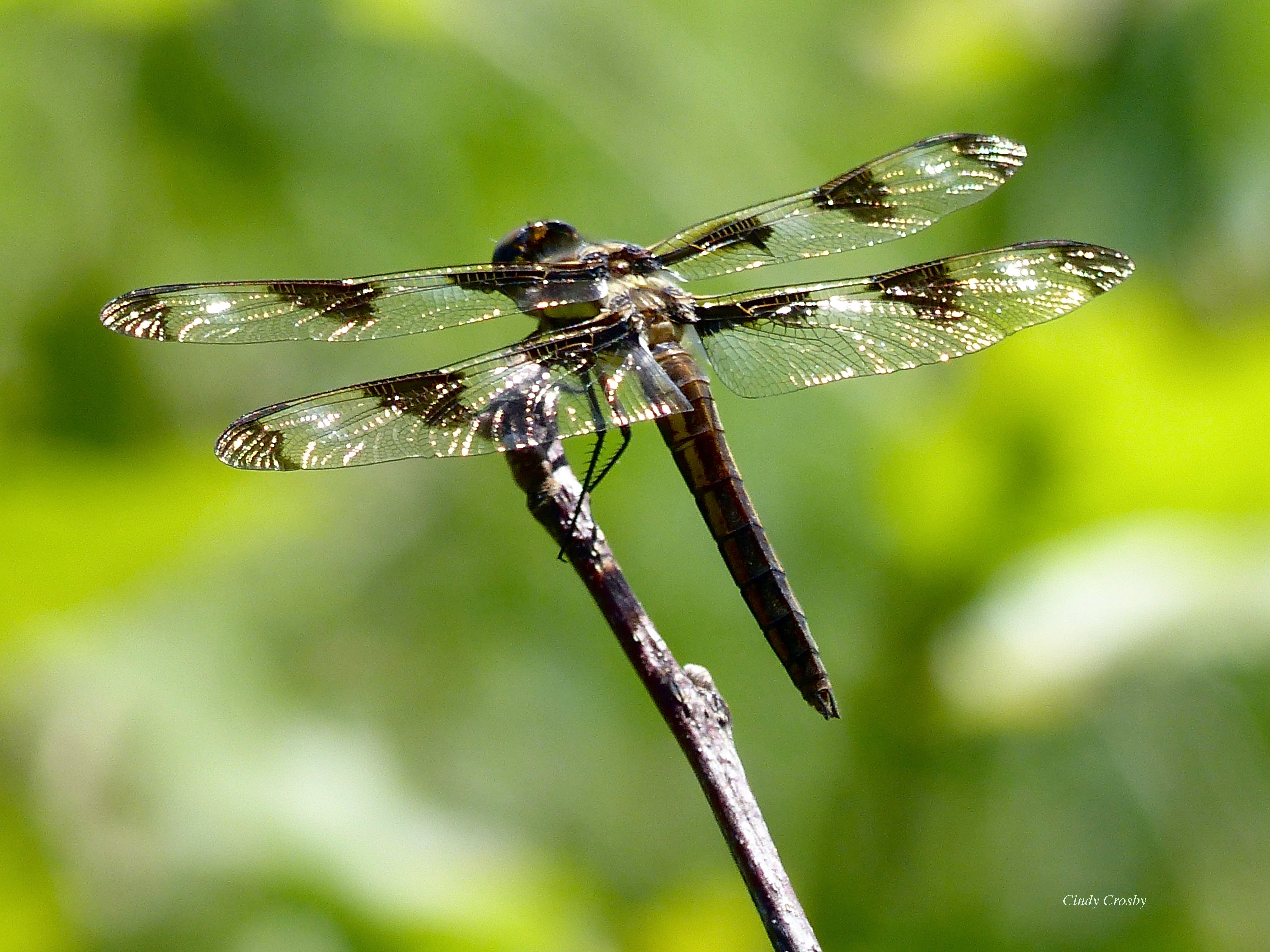
We both bask in the sunshine as I stop and admire it for a while. I realize the day-long hiking adventure has worn me out, and I’m at the furthest point from my car possible. It’s nice to have an excuse to rest.

Something becomes familiar to me only after a long relationship with a place. These common things I’ve seen today—12-spotted skimmer dragonflies, hoary puccoon and prairie smoke—are touchstones when I explore places with a community I don’t know much about. Like these beautiful Wisconsin prairie restorations. My relationship with these prairies is still new, and I’ve got a lot to learn from them.

I think of the juxtaposition between the common and the rare, the familiar and the unfamiliar as I begin the hike back to the car through the lovely Southwest Grady Oak Savanna. The past—Greene and Curtis Prairies. They became a foundation for the future—the work that we do to protect and restore prairie today. What can I learn from the past? How does it inform the future?
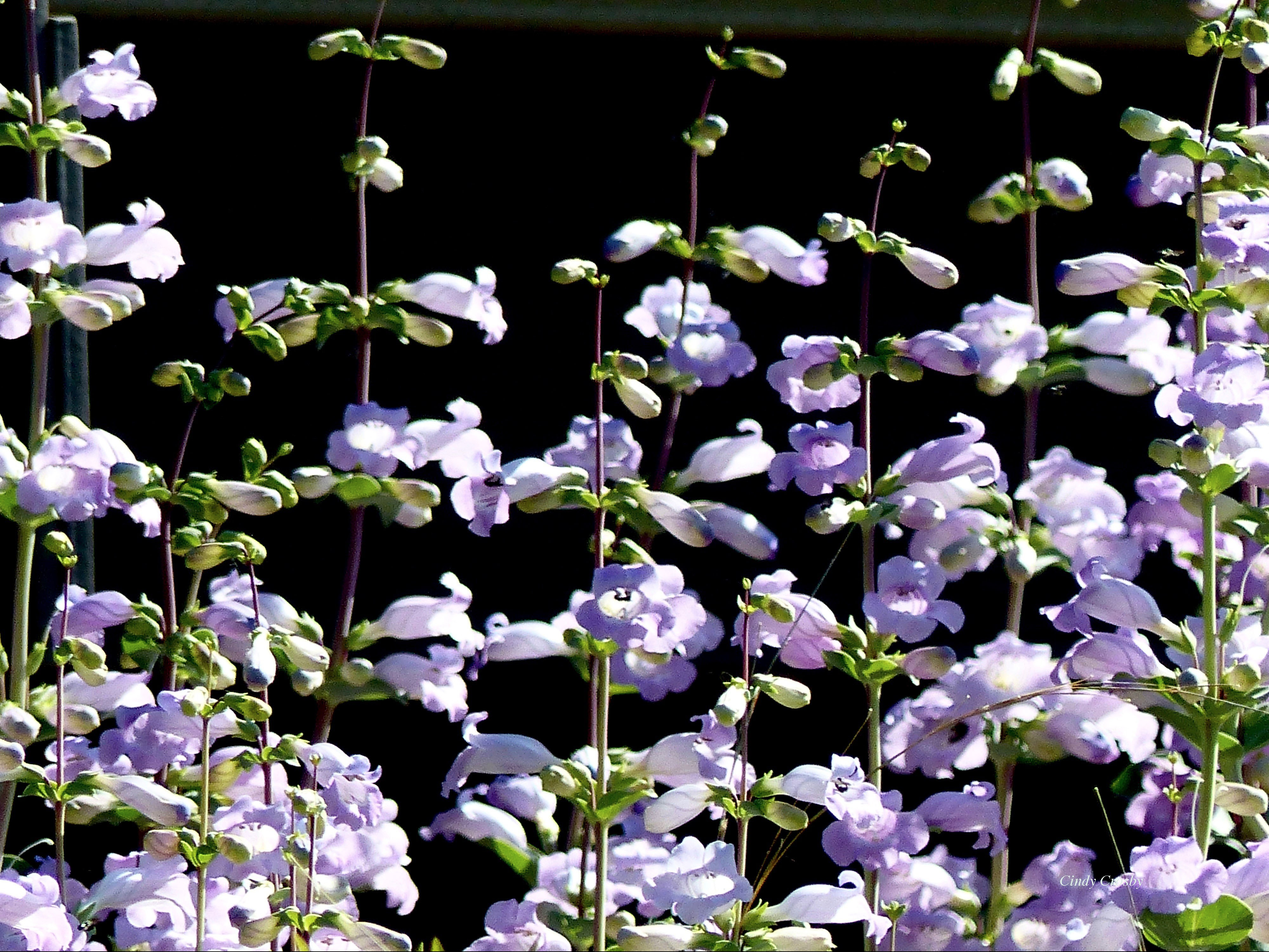
There’s so much to see here. So much to understand and pay attention to. It’s tough to leave.
But I’ll be back.
*****
The opening quote is from Liz Anna Kozik, Stories of the Land: Critters, Plants and People of Ecological Restoration, which was written and illustrated for her masters of fine arts degree in design studies at the University of Wisconsin-Madison. See some of Liz’s fine arts work in prairie restoration comics, textiles, and words here.
****
All photos copyright Cindy Crosby from University of Wisconsin Arboretum, Madison, WI: (top to bottom) welcome sign; barn swallow (Hirundo rustica), Visitor Center Display Gardens; prairie smoke (Geum triflorum), Visitor Center Display Gardens; prairie smoke (Geum triflorum), Visitor Center Display Gardens; wild geranium (Geranium maculatum), Curtis Prairie; cream wild indigo (Baptisia bracteata), Curtis Prairie; shooting star (Dodecatheon meadia), Curtis Prairie; trail through Curtis Prairie with willow wall; Curtis Prairie Pond; muskrat (Ondatra zibethicus), Curtis Prairie Pond; turtle (possibly Chrysemys picta), Curtis Prairie Pond; fan-footed moth (species uncertain), Curtis Prairie; turkey (Meleagris gallopavo) egg, Curtis Prairie; entrance to Grady Tract/Greene Prairie; trail to Greene Prairie through the savanna; pussy toes (Antennaria neglecta), Green Prairie Grady Tract; wild lupine (Lupinus perennis), Green Prairie Grady Tract; hairy puccoon (Lithospermum caroliniense), Green Prairie Grady Tract; view of Greene Prairie; Green Prairie interpretive sign; wild turkey (Meleagris gallopavo); 12-spotted skimmer dragonfly (Libellula pulchella), Greene Prairie-Grady Tract; bench on the hike to Greene Prairie; shadows on the Curtis Prairie trail; large-flowered beardtongue (Penstemon grandiflorus), Visitor Center display gardens.
Cindy’s Speaking and Classes in June:
Friday, June 14 — Dragonfly and Damselfly ID at The Morton Arboretum, 8-11:30 am (Sold Out)
Thursday, June 20 — The Tallgrass Prairie: Grocery Story, Apothecary, and Love Charm Shop, 7-9 p.m., Rock Valley Wild Ones, Rock Valley Community College with book signing. More information here. Free and open to the public!
Wednesday, June 26: Tallgrass Prairie Ecology Online through The Morton Arboretum. Register here, and complete the course at your own pace over 60 days.
Just added! Friday, June 28—Dragonfly and Damselfly ID at The Morton Arboretum, 8-11:30 a.m. Register here.
See more at http://www.cindycrosby.com
































































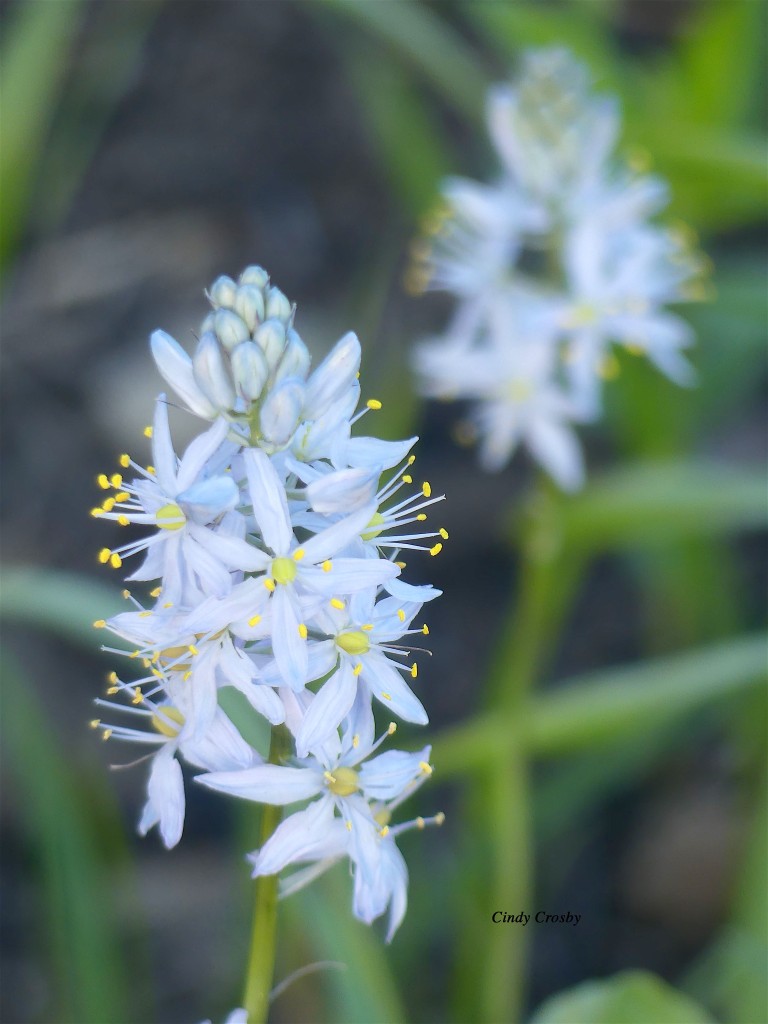









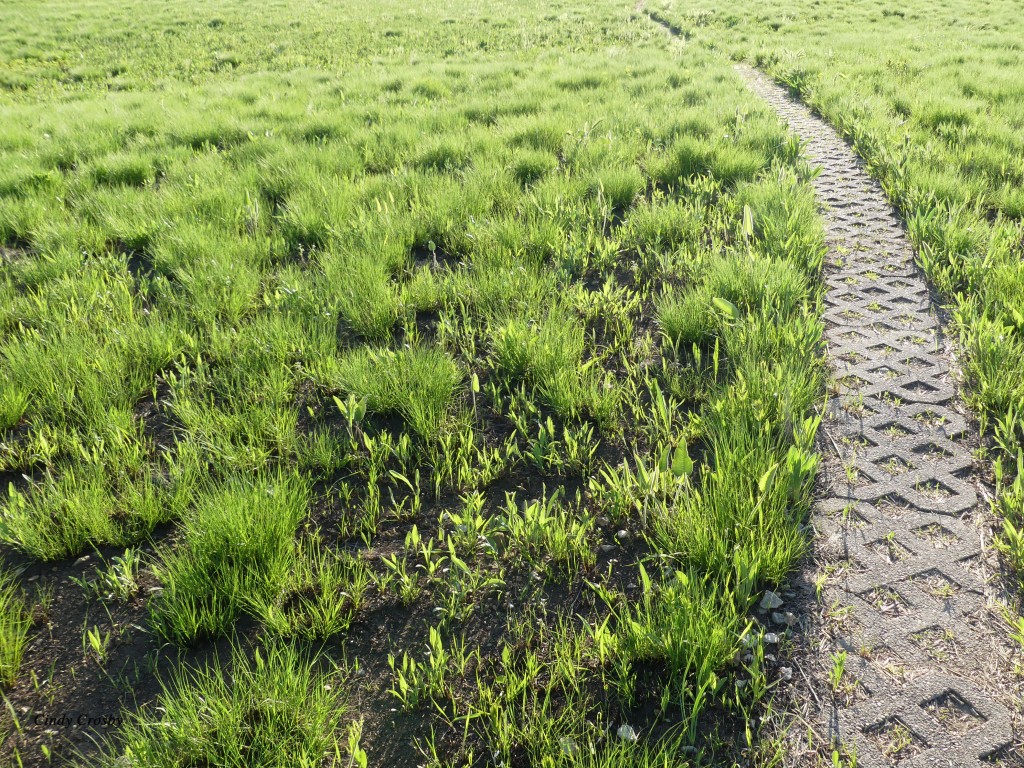


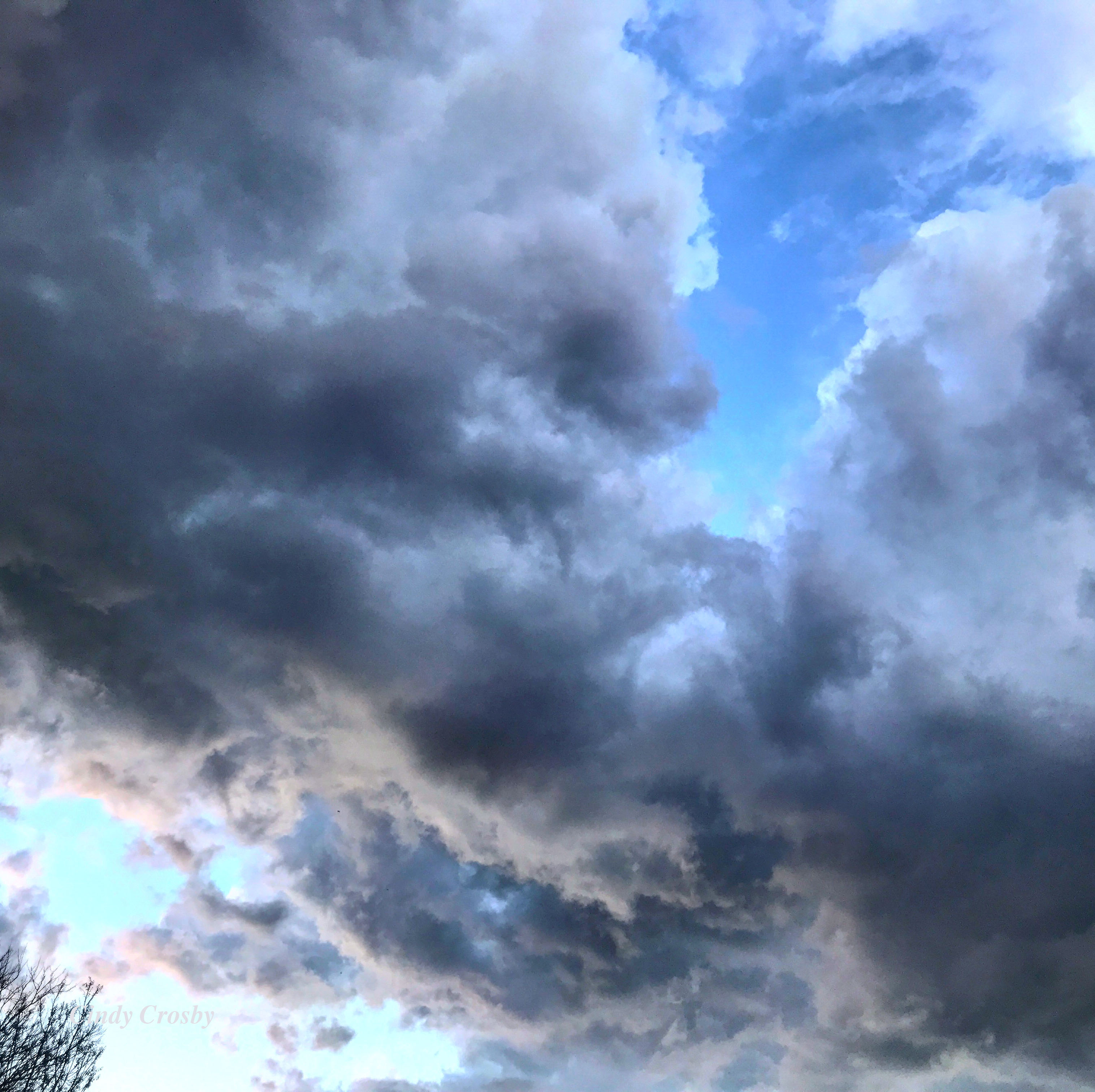


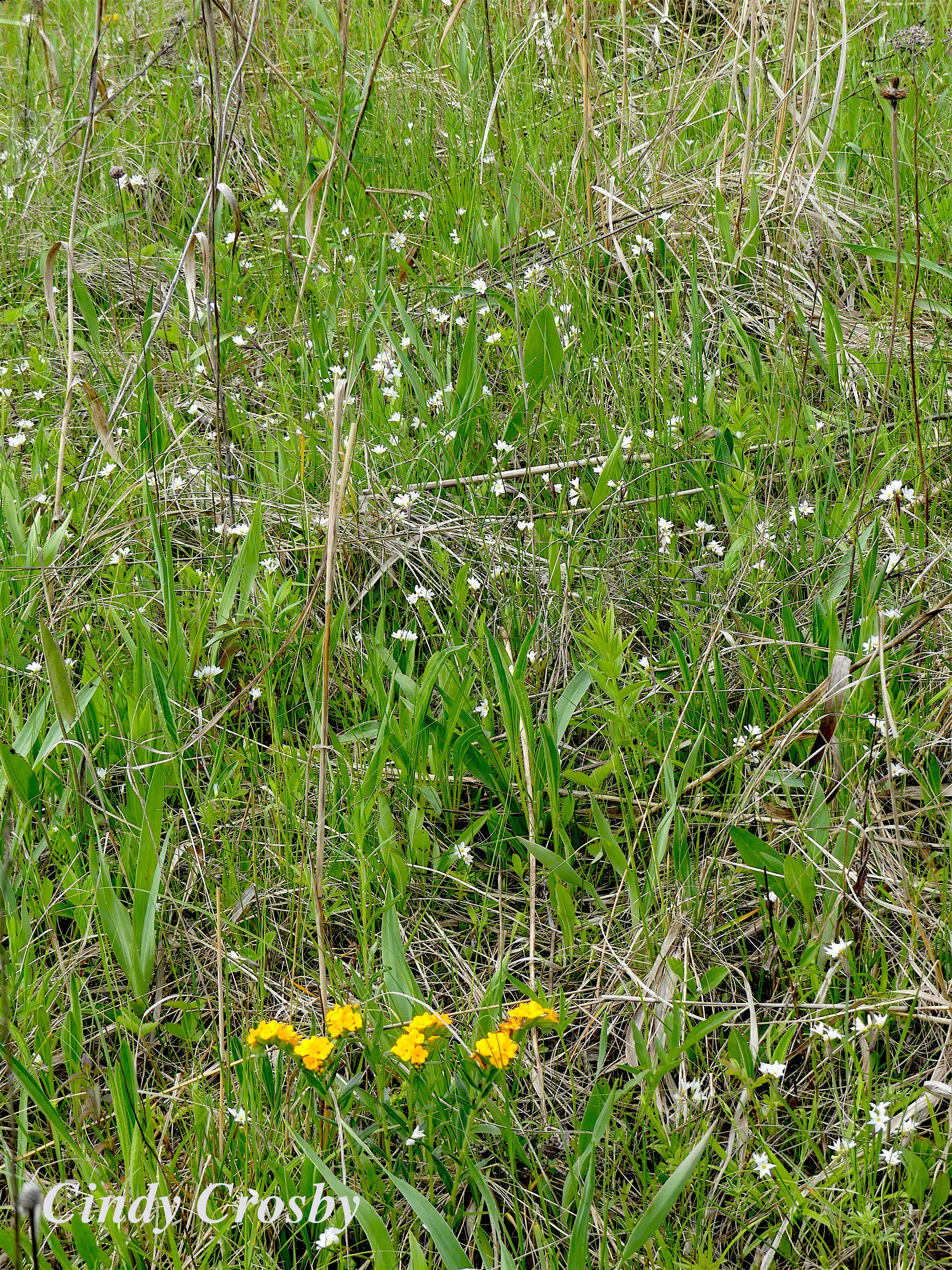

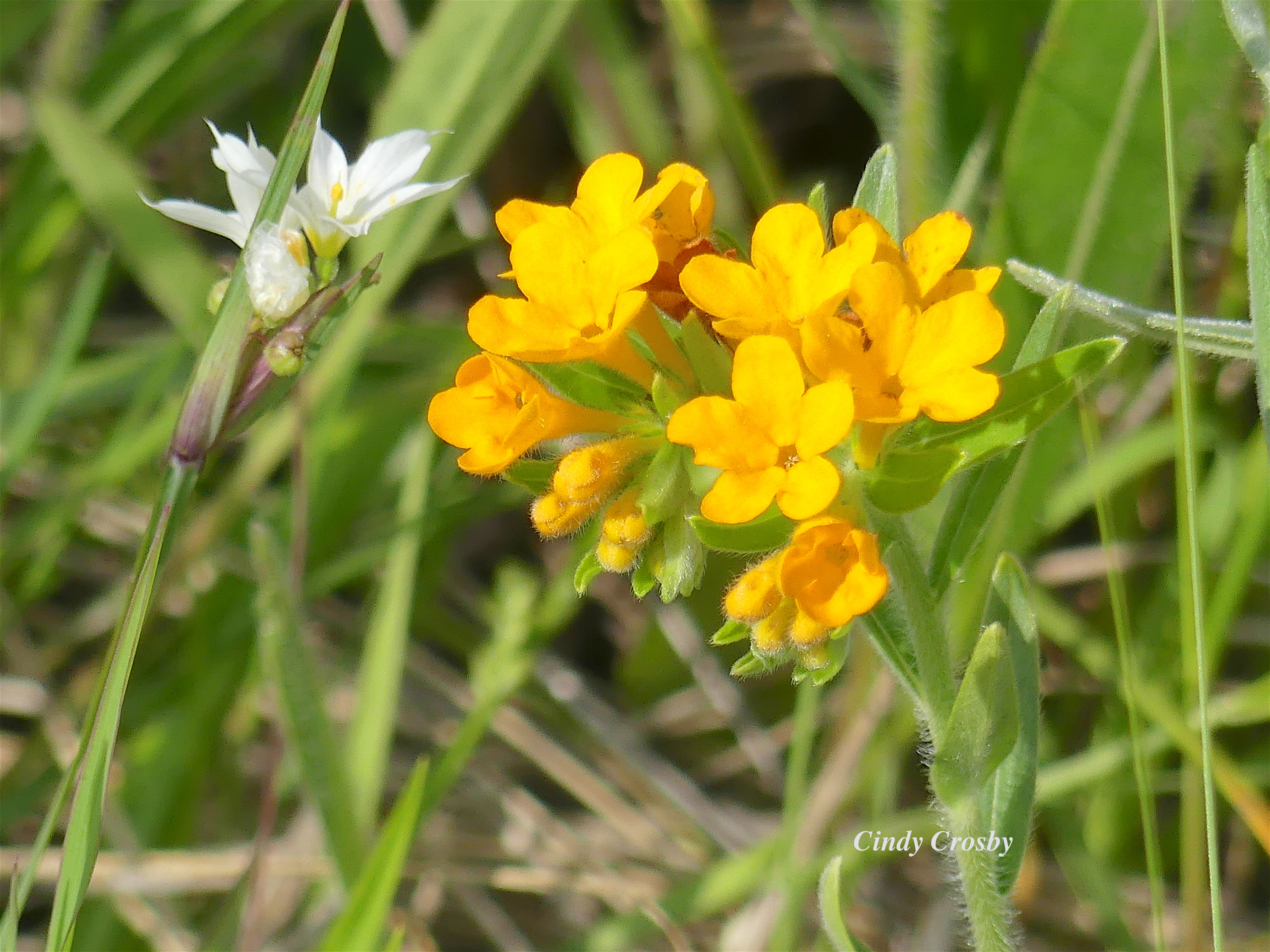
































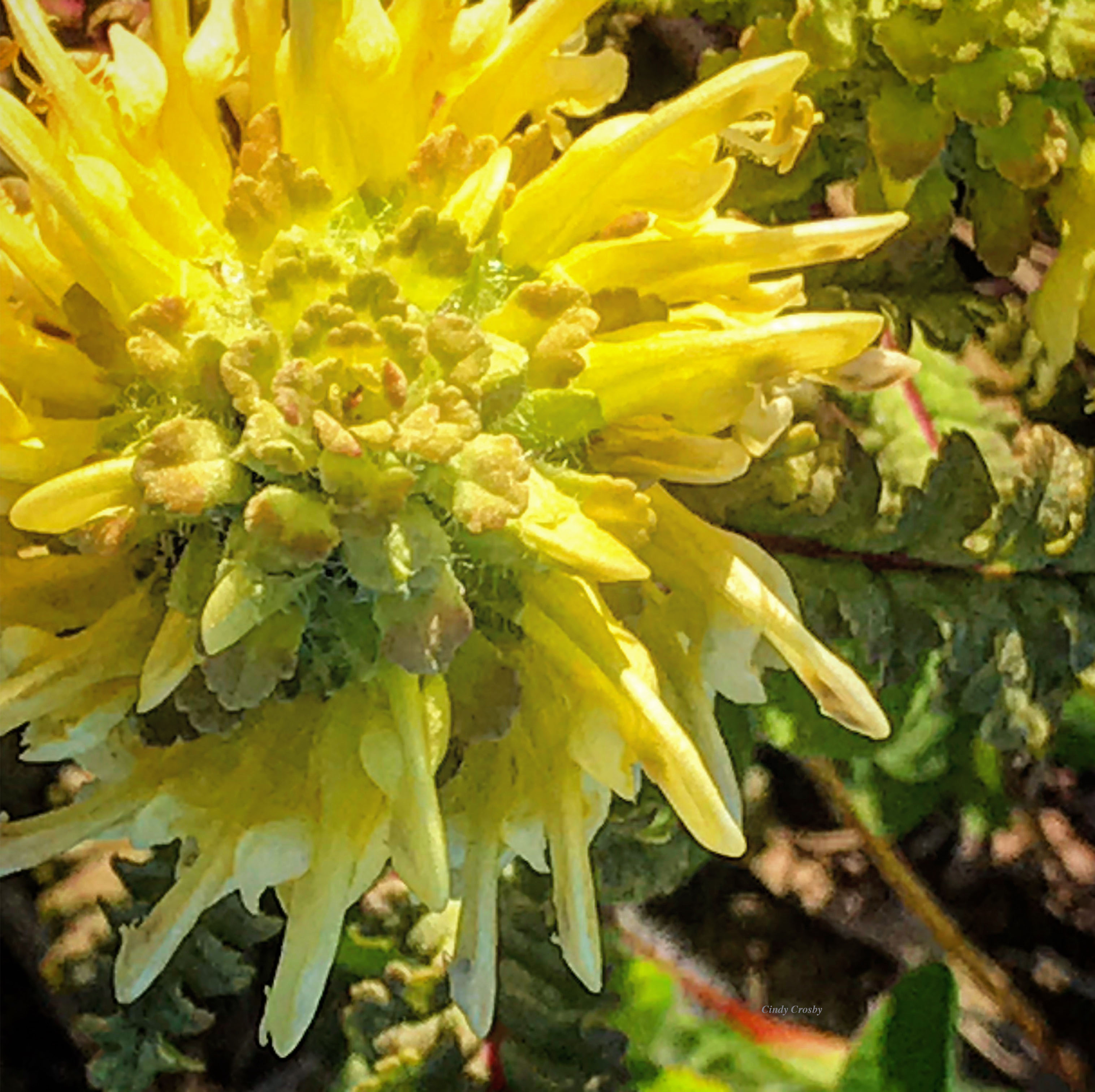



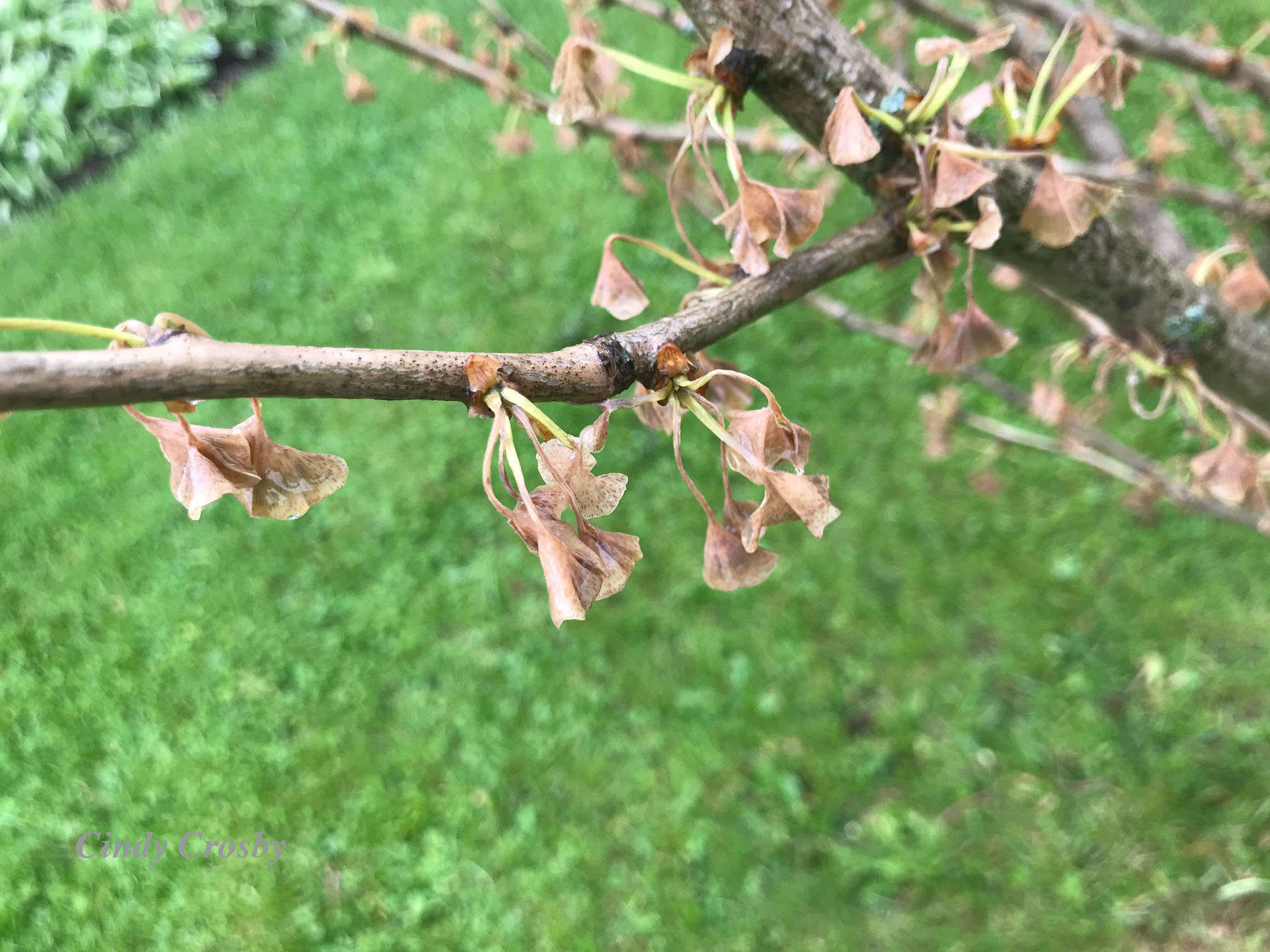






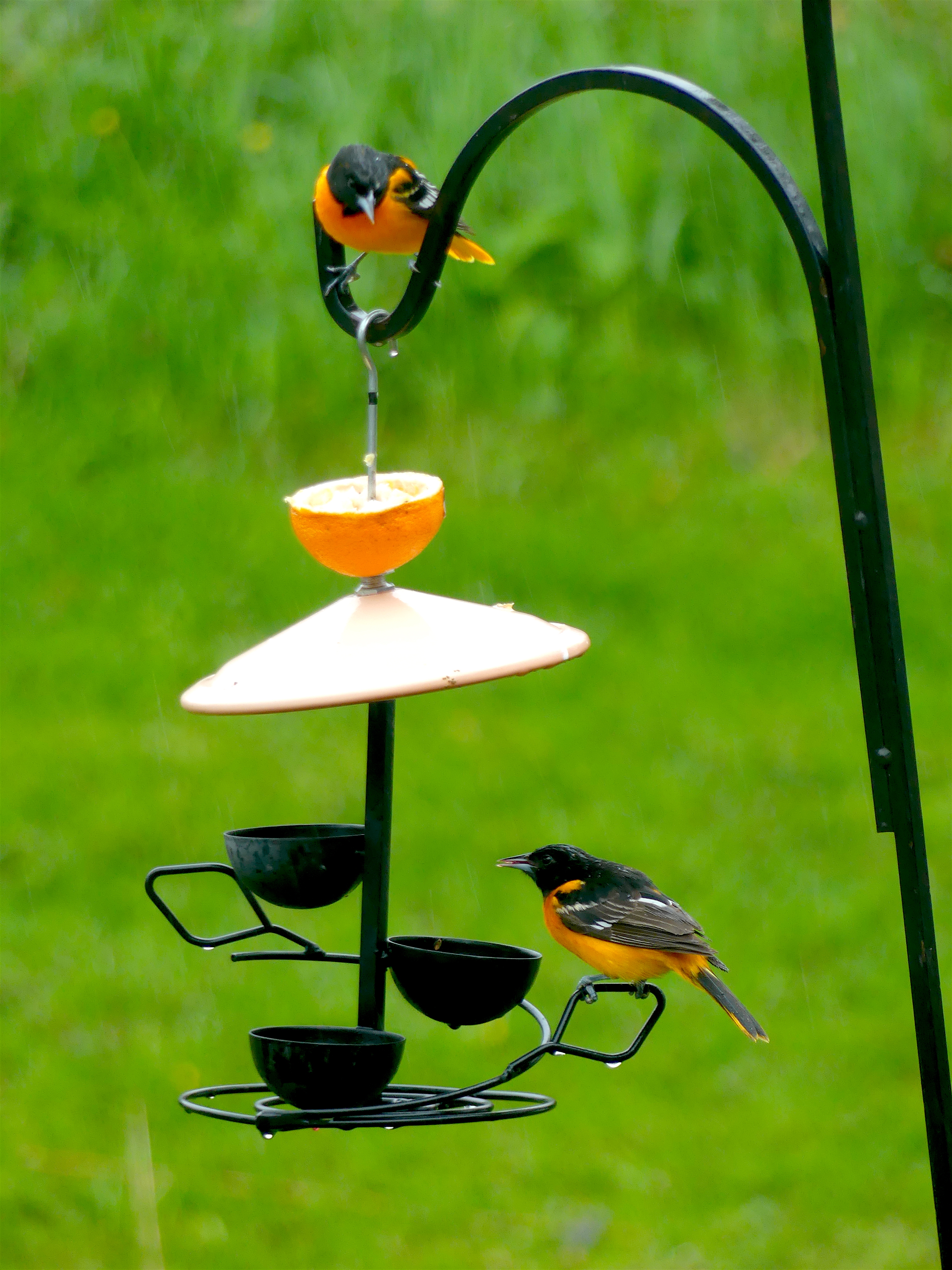
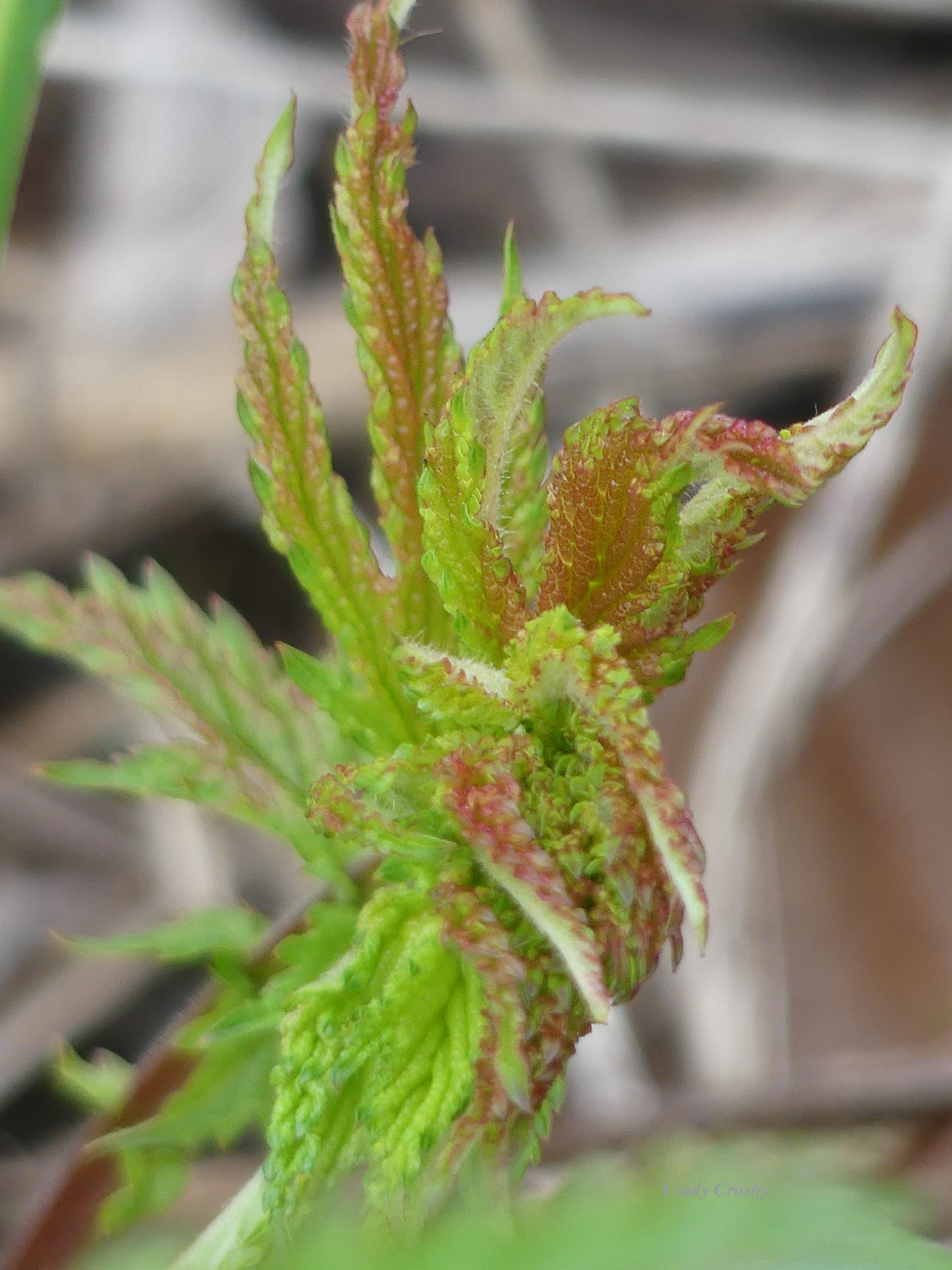
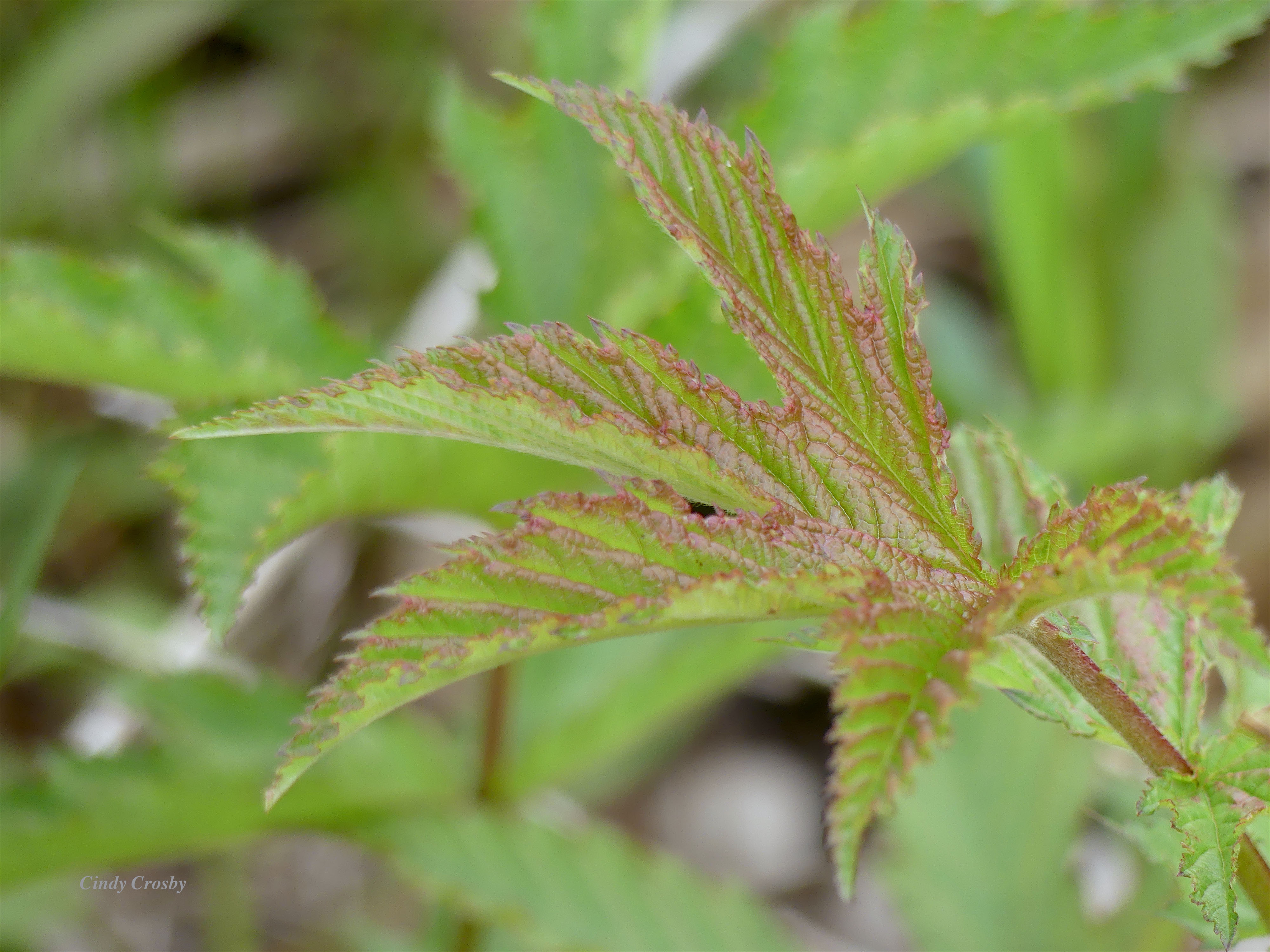
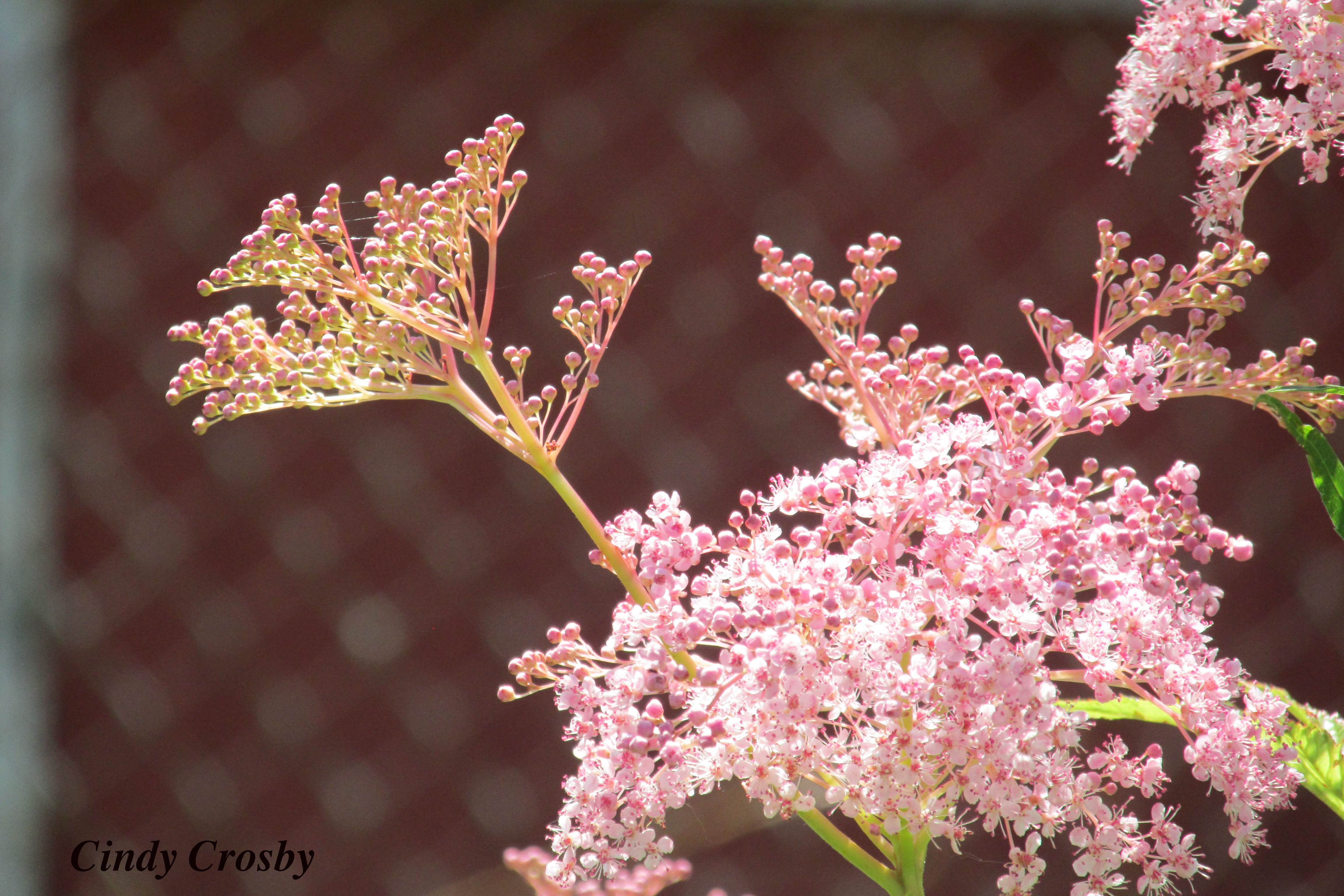

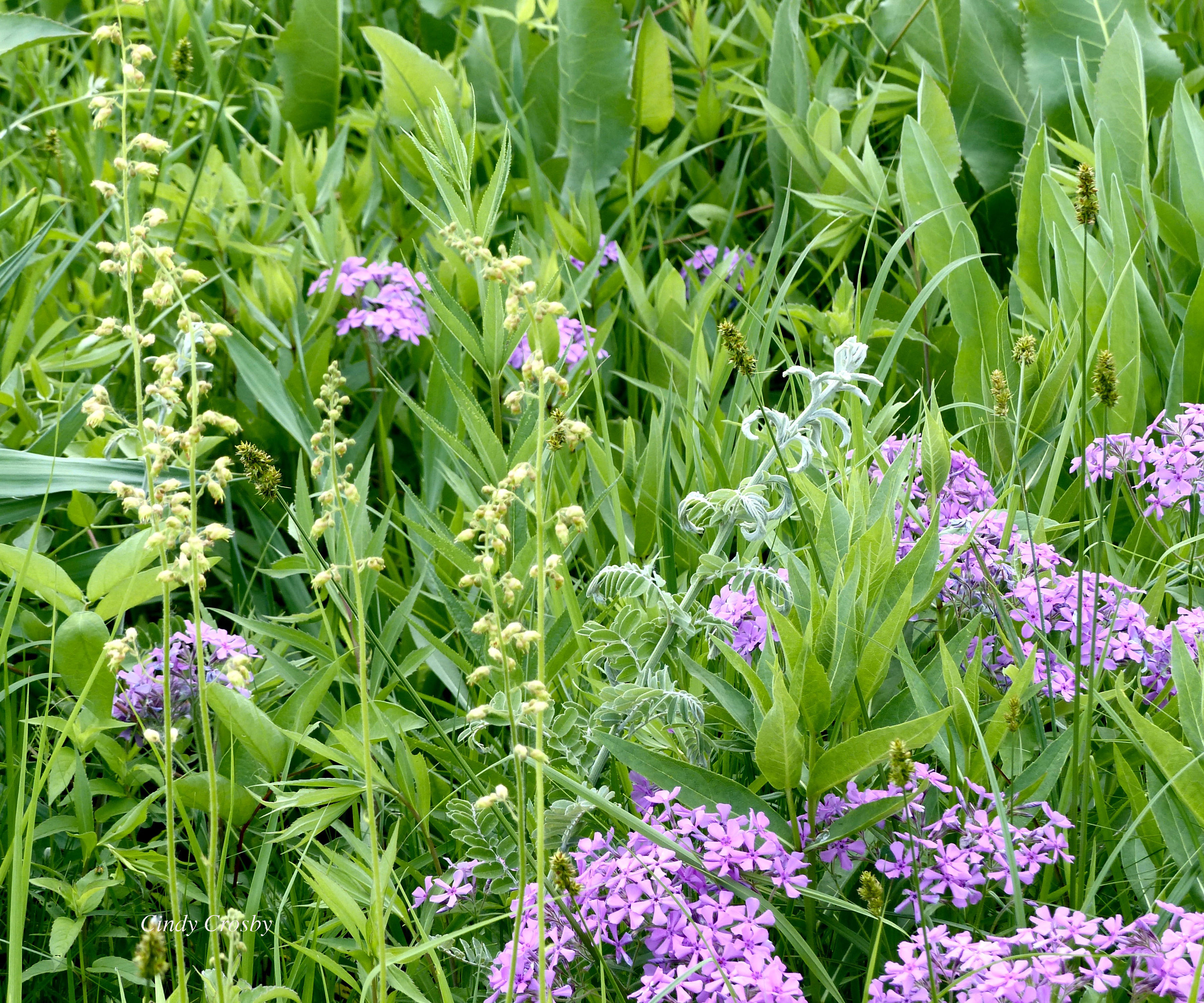
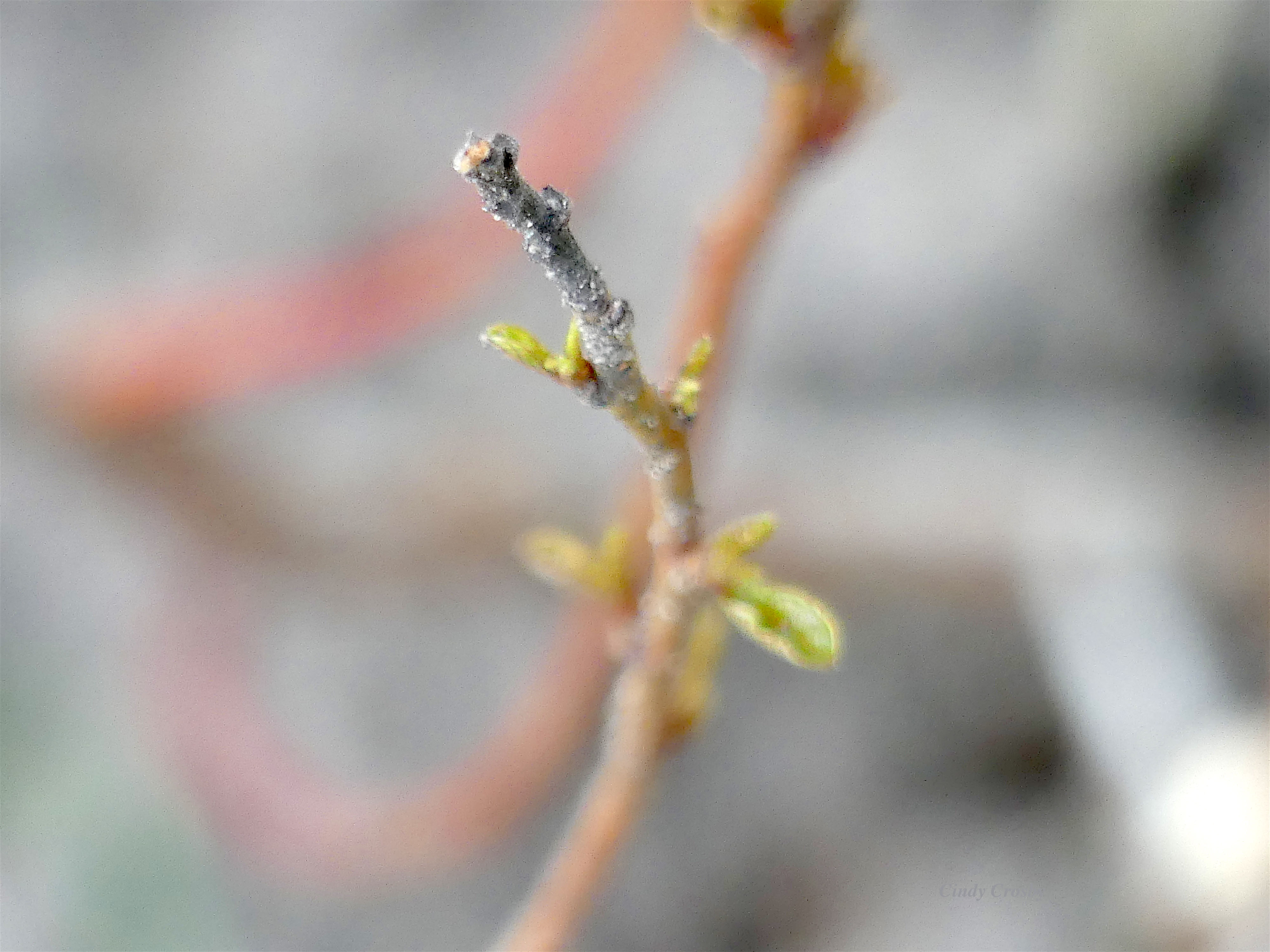

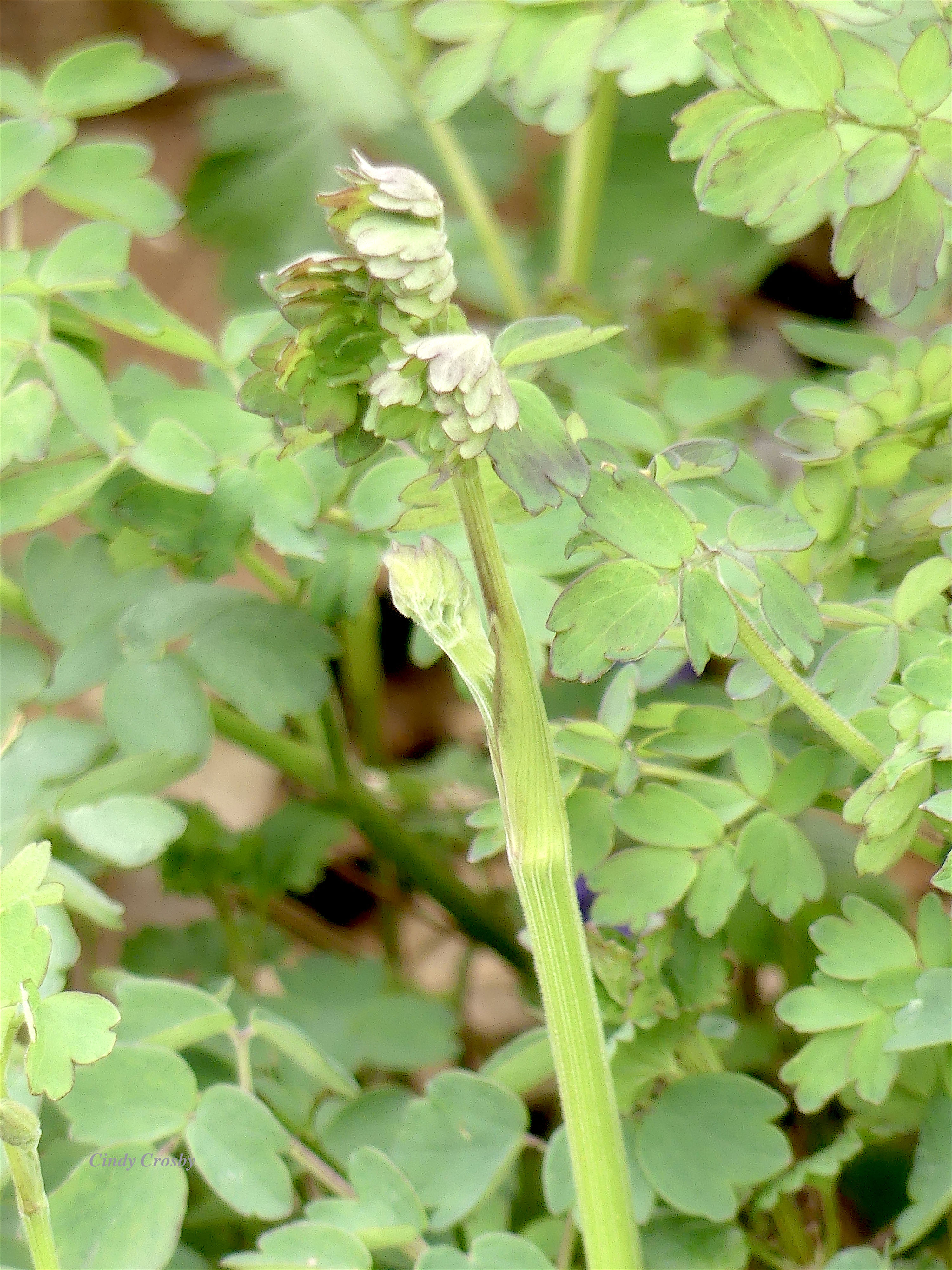

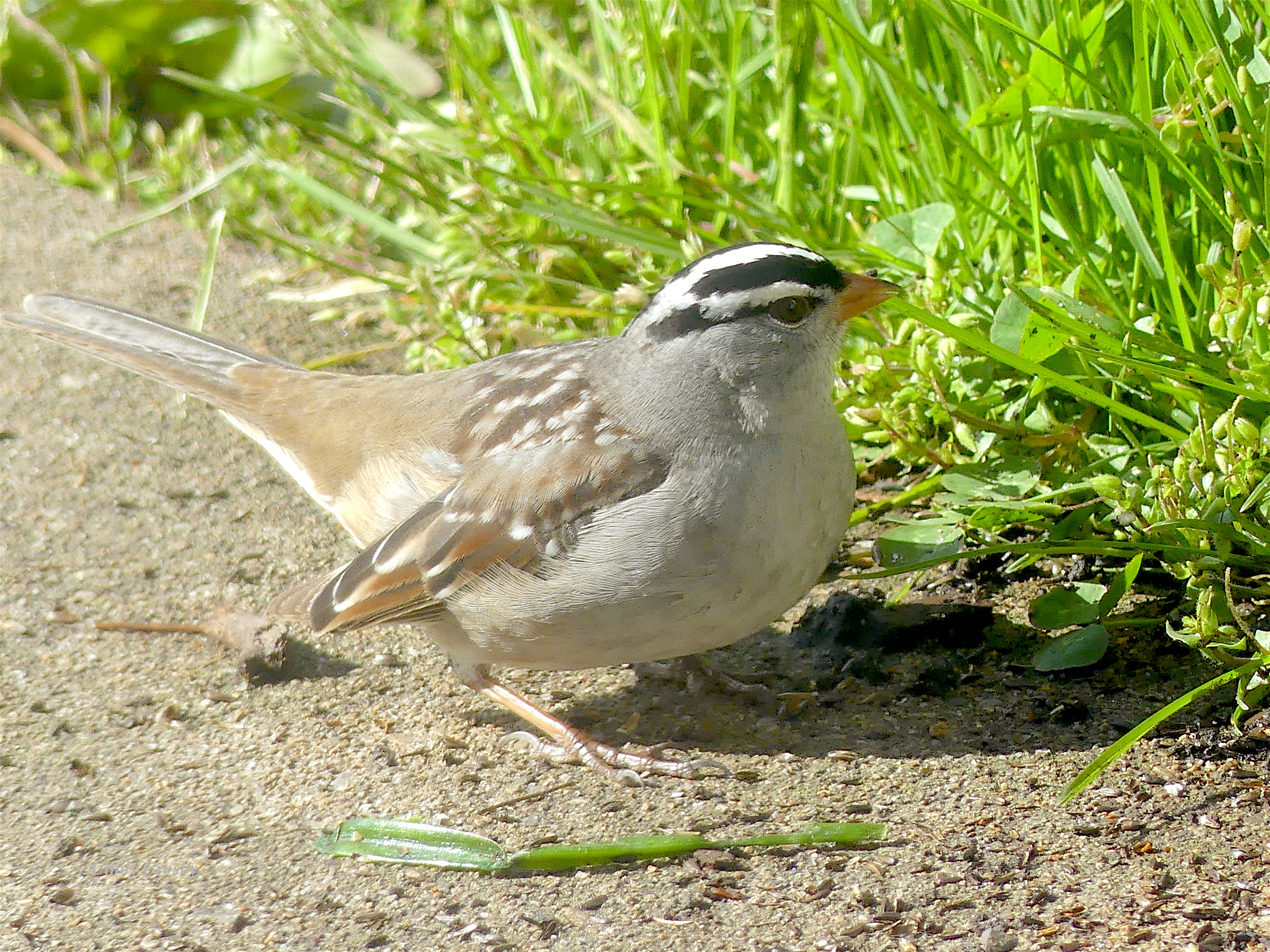
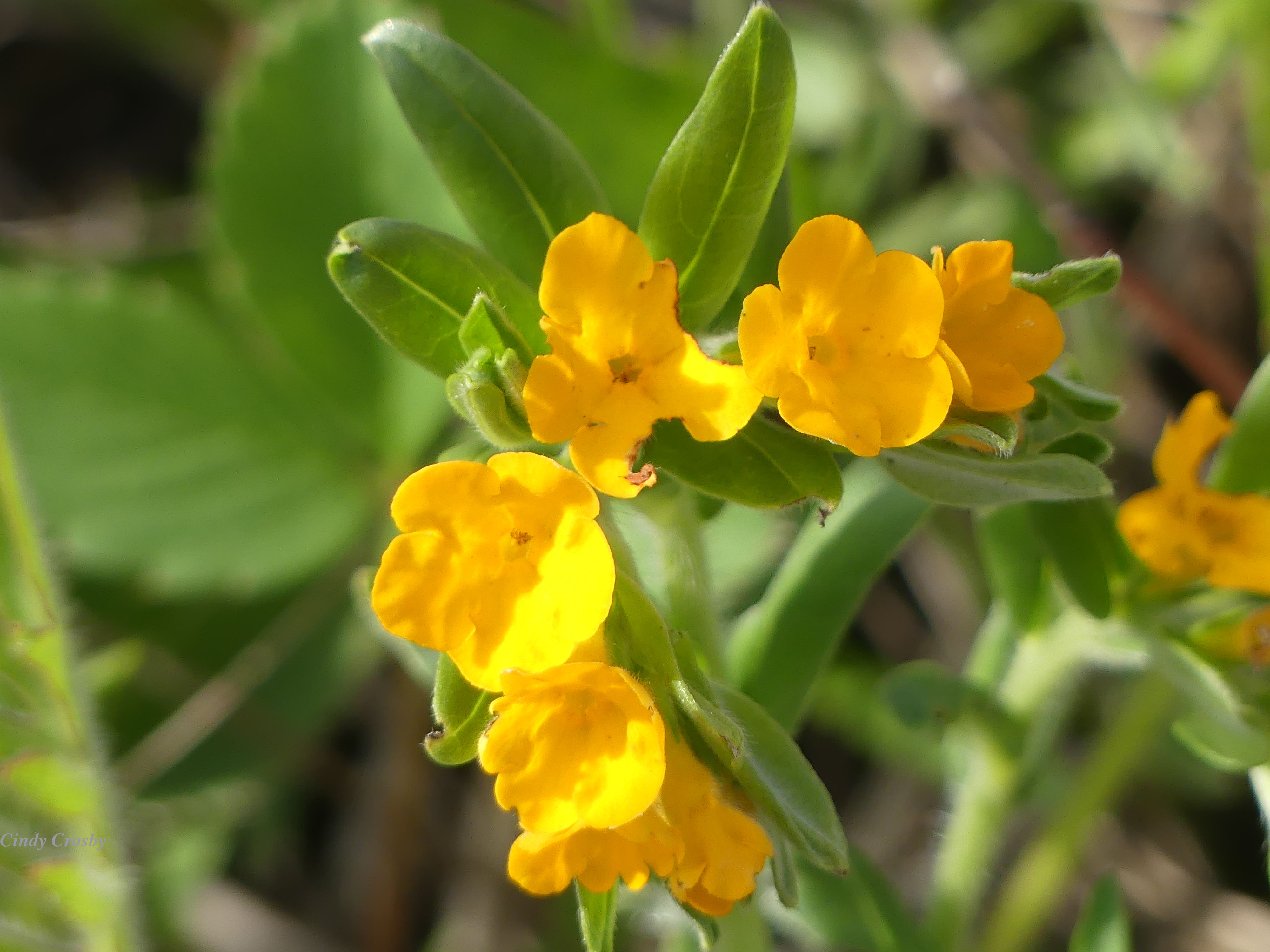

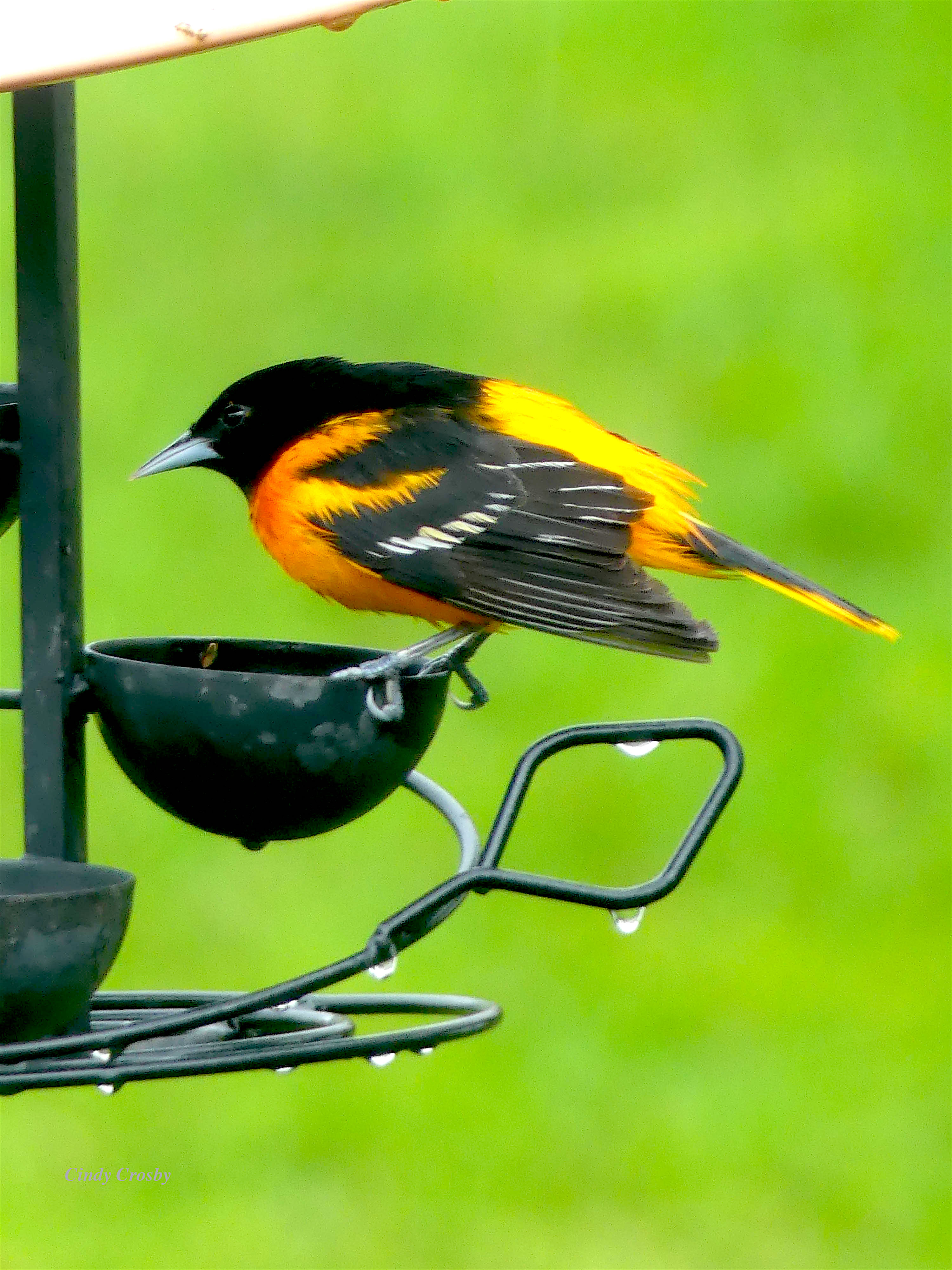

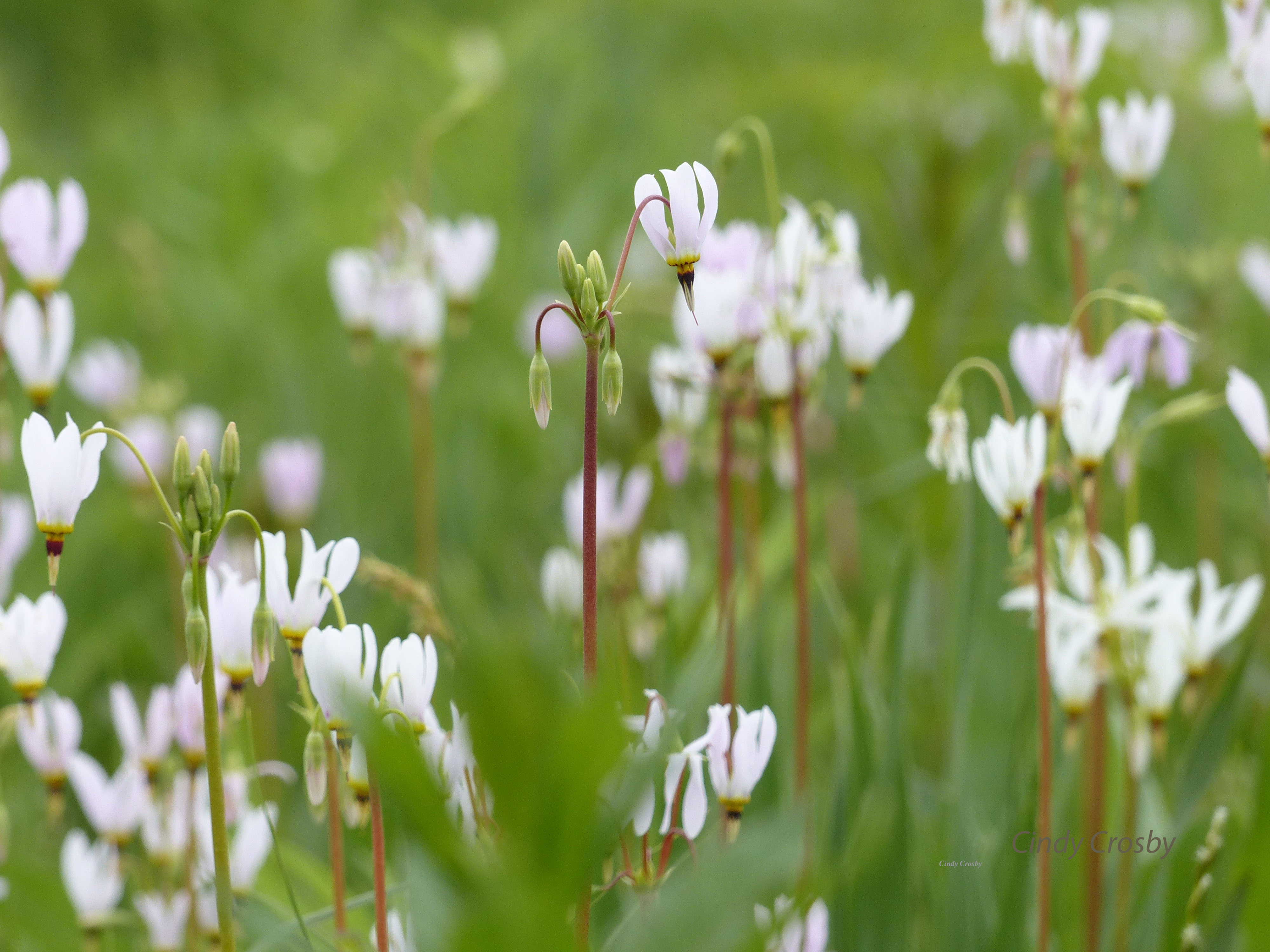

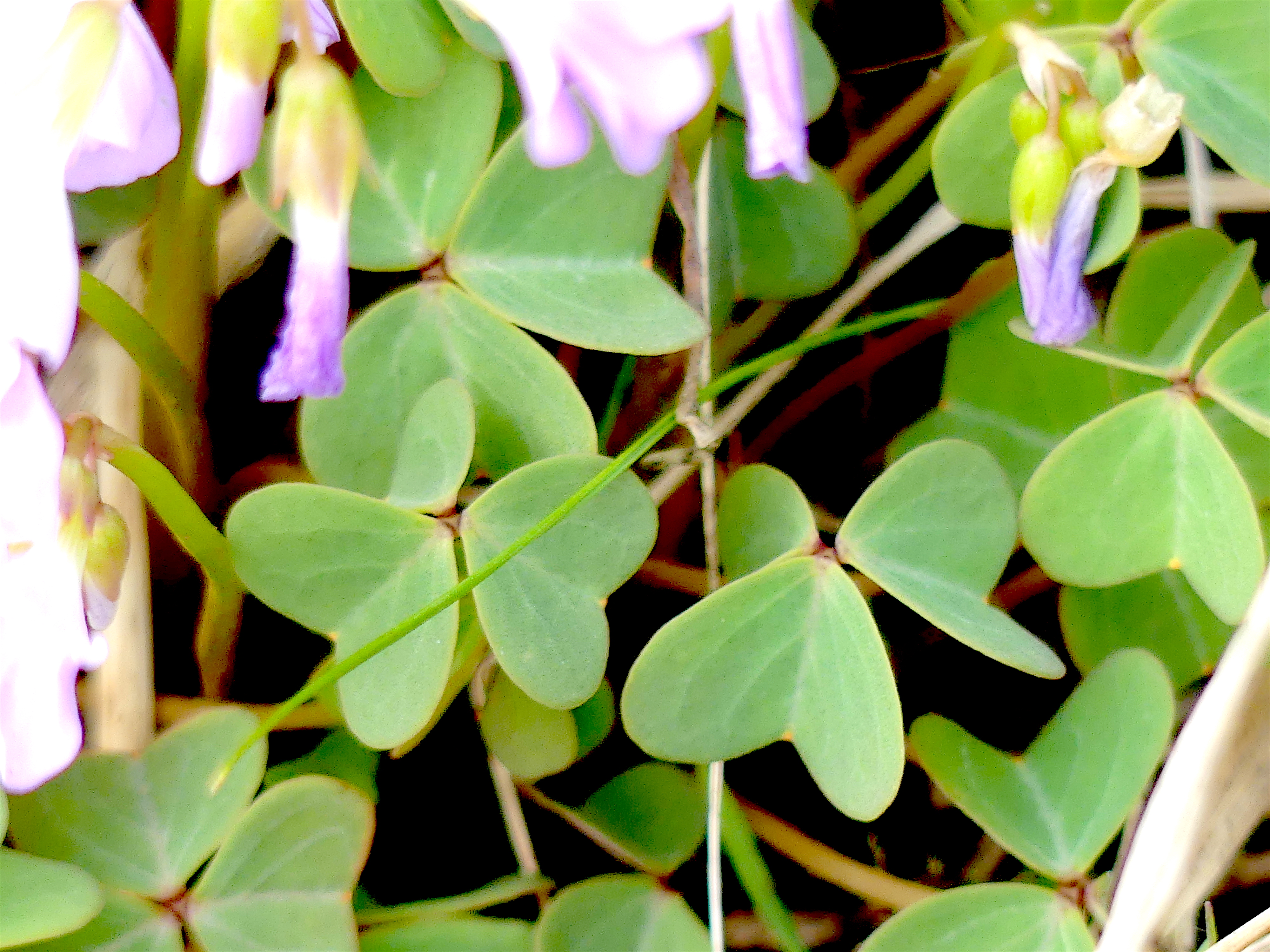
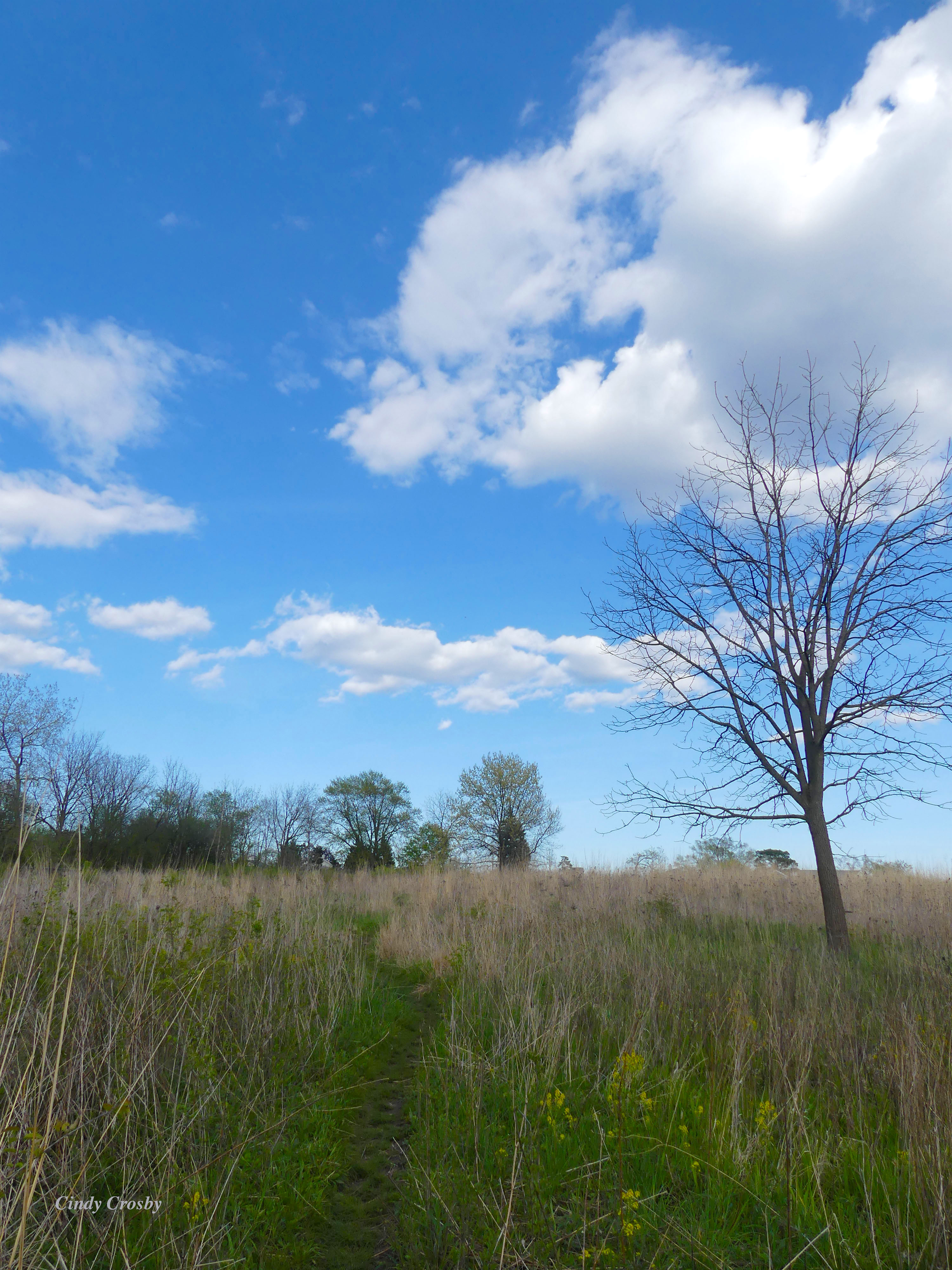
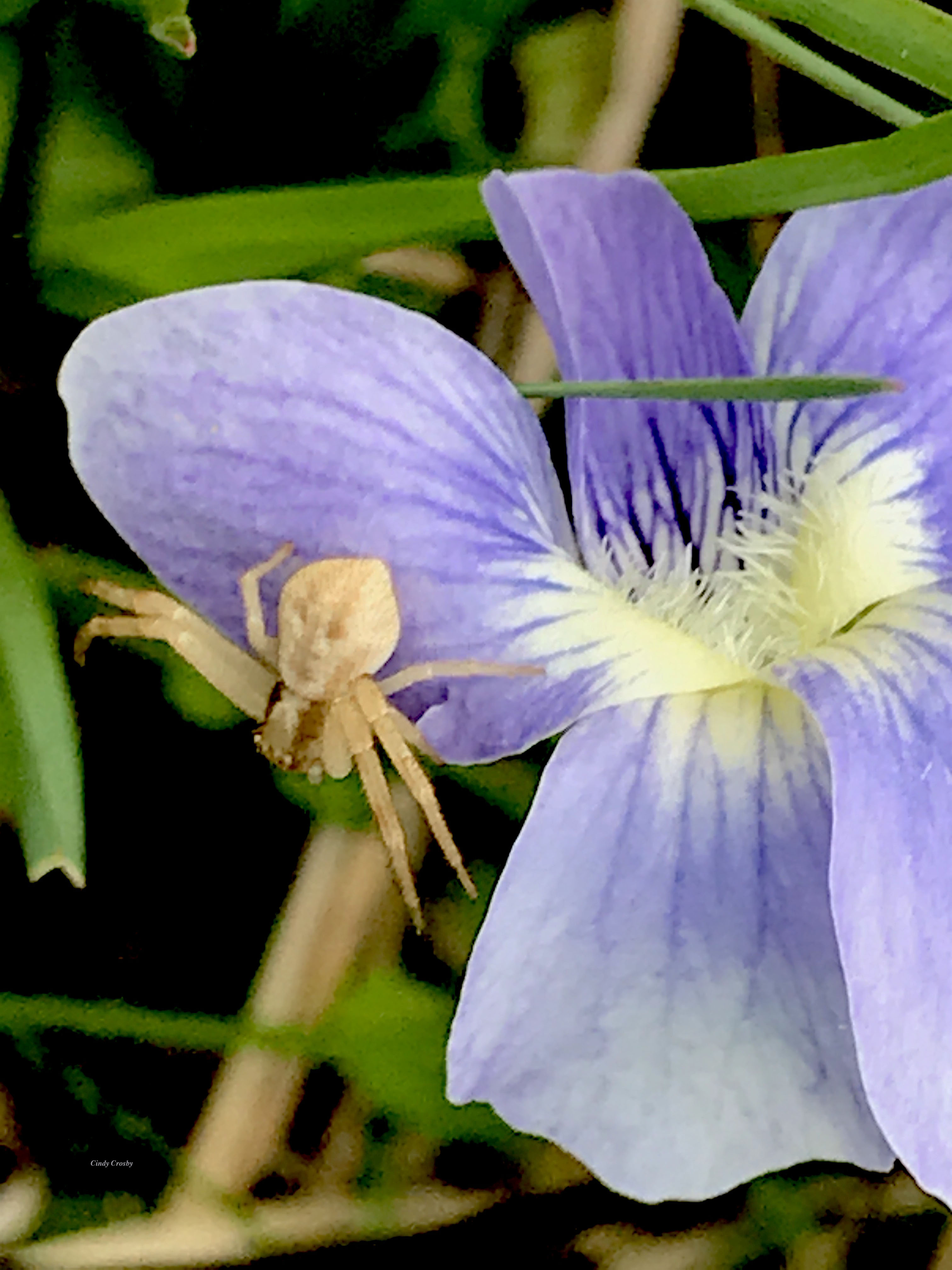

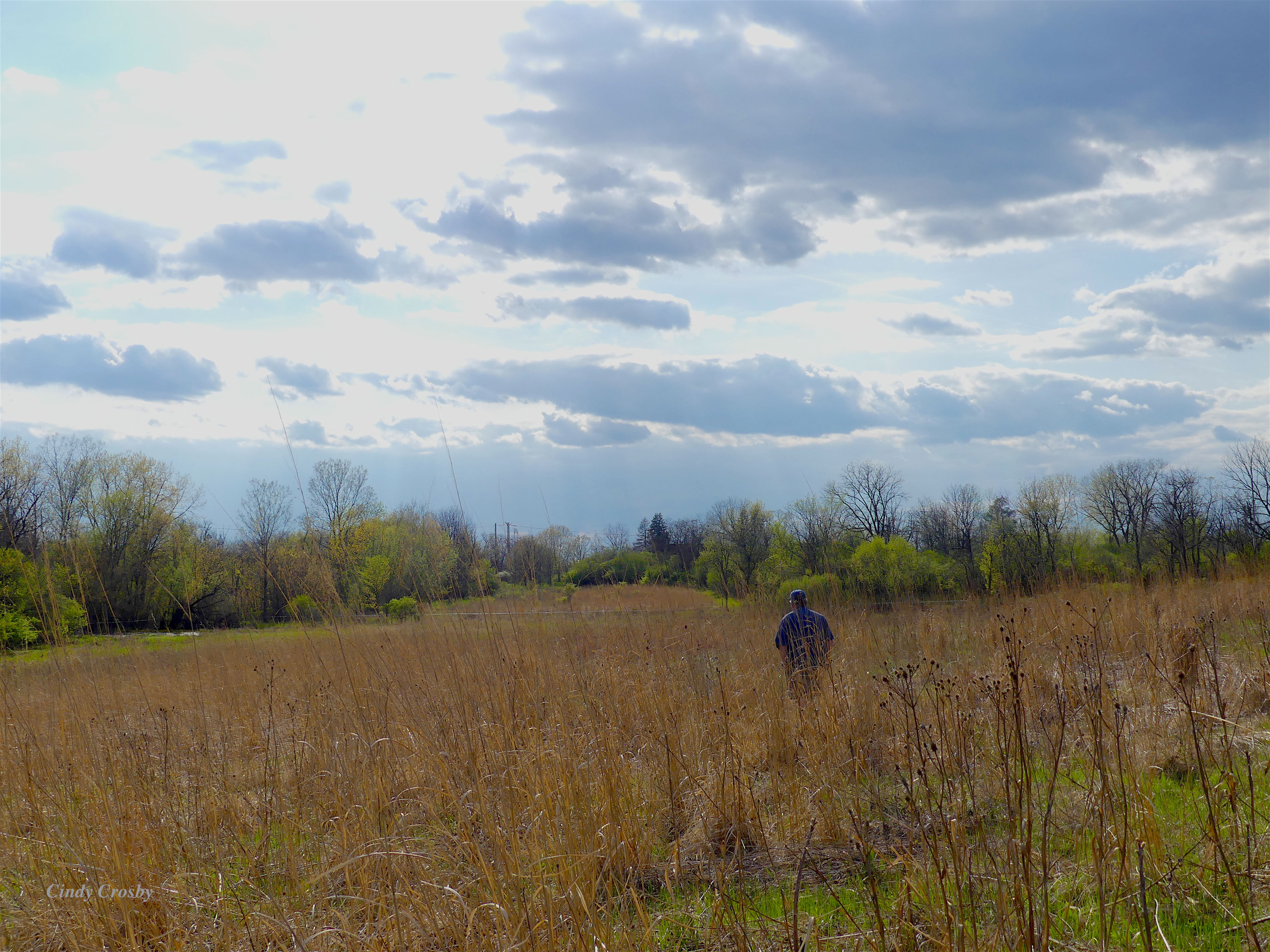


































 …and wood betony (pictured below) are just beginning to flower. The “parasitic” part sounds forbidding in name, but is actually a plus. As a prairie steward, I value these two plants as they create openings for wildflowers and damp down the grasses a bit when the grasses threaten to monopolize the prairie. Read more
…and wood betony (pictured below) are just beginning to flower. The “parasitic” part sounds forbidding in name, but is actually a plus. As a prairie steward, I value these two plants as they create openings for wildflowers and damp down the grasses a bit when the grasses threaten to monopolize the prairie. Read more 